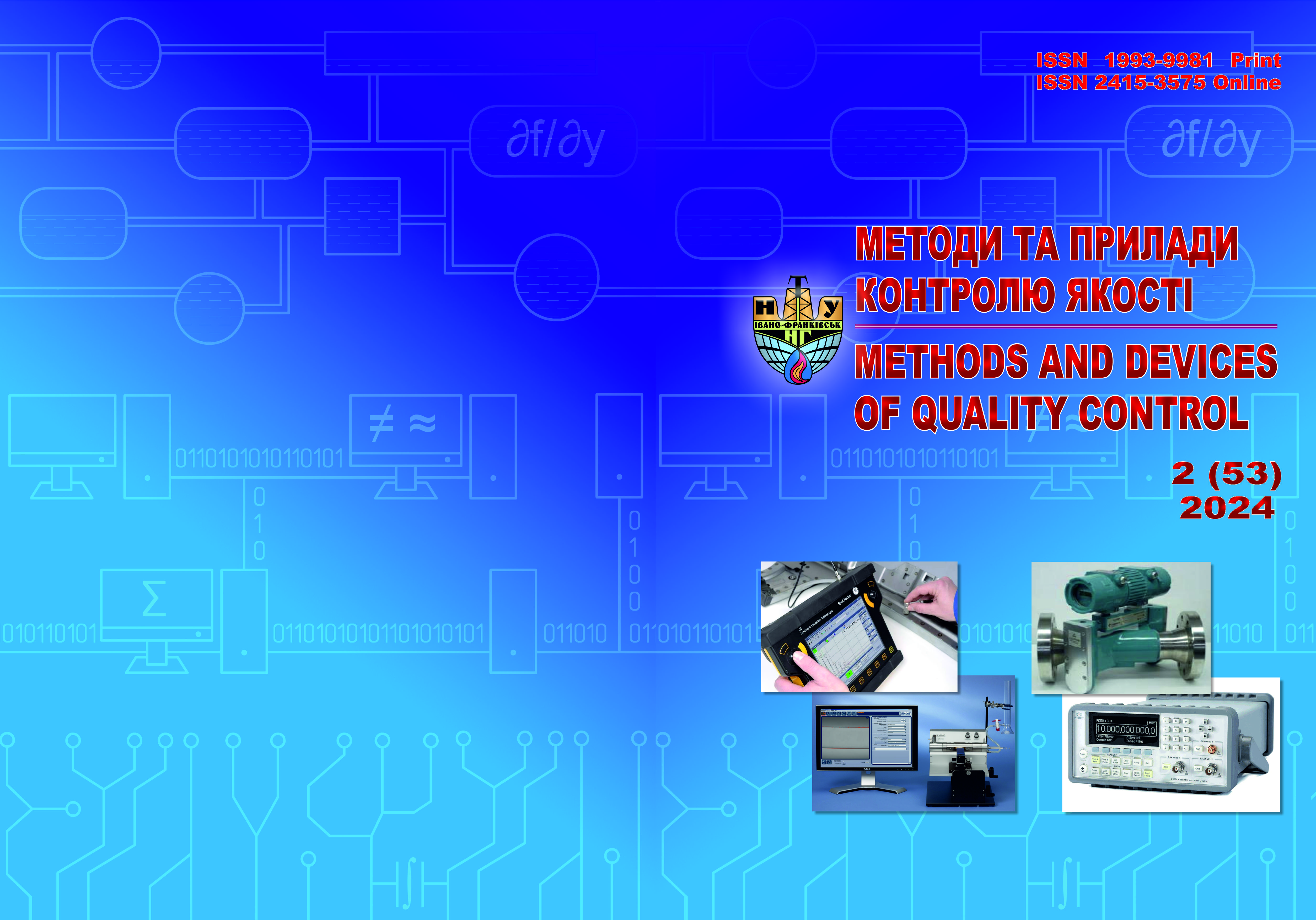КРИТИЧНИЙ ОГЛЯД МАТЕМАТИЧНИХ МОДЕЛЕЙ ЕКОНОМІЧНОГО ЗРОСТАННЯ
DOI:
https://doi.org/10.31471/1993-9981-2024-2(53)-105-113Ключові слова:
математичні моделі, макроекономіка, мікроекономікаАнотація
Проведено комплексний аналіз математичних моделей, що широко використовуються в економічній теорії для моделювання попиту, виробництва та економічного зростання. Зокрема, показано застосування еластичності як економічного змісту похідної для побудови виробничої функції та її застосування до моделей дослідження економічного зростання. Особлива увага приділяється обмеженням та викликам, з якими стикаються дослідники при розробці та впровадженні моделей. Моделі, які розглядаються, є потужними інструментами для вивчення економічних процесів, однак кожна з них має як сильні, так і слабкі сторони, що визначають їх ефективність і можливості застосування в різних умовах. Математична частина кожної з моделей надає чітке уявлення про структуру економічних процесів і дозволяє здійснювати кількісний аналіз. Проте всі ці моделі базуються на математичних формулах та певних припущеннях і спрощеннях, які можуть обмежувати їхню застосовність у реальних економічних умовах. У статті також розглядається важливість вибору правильних математичних методів для аналізу цих моделей. Важливим є підхід до адаптації параметрів моделей для реальних умов, що часто вимагає модифікації математичних виразів і врахування додаткових факторів. У зв'язку з цим важливою є роль чисельних методів для знаходження розв’язків складних систем рівнянь, а також використання методів оптимізації та апроксимації для досягнення більш точних результатів. Незважаючи на численні переваги, математичні моделі економічних процесів мають певні обмеження. Їх застосування у реальному світі часто вимагає врахування множинних зовнішніх змінних, які можуть не входити до базових математичних структур моделей. Однак для теоретичних досліджень та побудови початкових оцінок ці моделі є ефективними інструментами для розуміння та прогнозування економічних процесів. У підсумку, усі моделі мають важливі застосування, але для їх максимальної ефективності необхідно коригувати їх під реальні економічні умови, доповнювати новими змінними та враховувати динамічність економічних процесів.
Завантаження
Посилання
Bilotserkivskyi O.B.,Shyriaieva N.V., Zamula O.O. Ekonomiko-matematychne modeliuvannia: Tekst lektsii. Kharkiv: NTU «KhPI», 2010. 108 p. [in Ukrainian]
Vitlinskyi V.V. Modeliuvannia ekonomiky: Navch. posibnyk. Kyiv: KNEU, 2003. 408 p. [in Ukrainian]
Vovk V.M., Zomchak L.M. Optymizatsiini modeli ekonomiky Navch. posibnyk. Lviv: LNU imeni Ivana Franka, 2013. 318 p. [in Ukrainian]
Datsko M.V., Karbovnyk M.V. Doslidzhennia operatsii v ekonomitsi: navch. posib. Lviv: PAIS, 2009. 288 p. [in Ukrainian]
Ivashchuk O.T. Ekonomiko-matematychne modeliuvannia: Navchalnyi posibnyk. Ternopil: TNEU «Ekonomichna dumka», 2008. 704 p. [in Ukrainian]
Serediuk V.B. Zastosuvannia ekonomiko-matematychnykh metodiv dlia rozviazannia ekonomichnykh zadach. Visnyk sotsialno-ekonomichnykh doslidzhen. 2014. Vol. 1 (52). P.69-73. [in Ukrainian]
Iankovyi V.O. Ekonomiko-matematychni vlastyvosti vyrobnychoi funktsii Kobba-Duhlasa i CES-funktsii. Skhidna Yevropa: Ekonomika, biznes ta upravlinnia. 2017. Vol. 2 (07). P. 330-336. [in Ukrainian]
Aum Sangmin Why Is the LaborShare Declining? Review. 2020.Vol. 102 (4). P. 413-428. DOI:10.20955/r.102.413-28
Barro Robert J., Sala-i-Martin Xavier. Economic growth. The MIT Press, 2004.
p. 29, fn. 7.
Berndt Ernst R., Christensen Laurits R. The Translog Function and the Substitution of Equipment, Structures, and Labor in U.S. manufacturing 1929–68. Journal of Econometrics. 1973. Vol. 1 (1). P. 81–113. DOI: 10.1016/0304-4076(73)90007-9
Boianovsky M. Modeling economic growth: Domar on moving equilibrium CHOPE Working Paper. 2015. No 10. DOI: 10.2139/ssrn.2664149
Brown Murray. "Cobb–Douglas Functions". The New Palgrave Dictionary of Economics. Palgrave Macmillan UK. 2017. Р. 1–4. DOI: 10.1057/978-1-349-95121-5_480-2
Czerwinski A. Mathematics Serving Economics: A Historical Review of Mathematical Methods in Economics. Symmetry. 2024. Vol. 16(10), 1271. DOI: 10.3390/sym16101271
Cobb C. W., Douglas, P. H. A Theory of Production. American Economic Review.1928. Vol. 18. P. 139-165. JSTOR 1811556. Retrieved 26 September 2016.
Douglas Paul H. The Cobb-Douglas Production Function Once Again: Its History, Its Testing, and Some New Empirical Values. Journal of Political Economy, University of Chicago Press.1976. Vol. 84(5). P. 903-915.
Elsby Michael, Hobijn Bart, Sahin Aysegül. The Decline of the U.S. Labor Share (Report). Federal Reserve Bank of San Francisco. Brookings Papers on Economic Activity, Fall 2013.
Filipe Jesus, Adams F. Gerard. The Estimation of the Cobb-Douglas Function: A Retrospective View. Eastern Economic Journal. 2005. Vol. 31 (3). P. 427–445.
Gechert Havranek, Irsova Kolcunova Measuring capital-labor substitution: The importance of method choices and publication bias. Review of Economic Dynamics. 2021. Vol. 45. P.55–82. DOI: 10.1016/j.red.2021.05.003
Hájková Dana, Hurník Jaromír. Cobb-Douglas Production Function: The Case of a Converging Economy. Czech Journal of Economics and Finance (Finance a User). 2006. Vol. 57 (9–10) P. 465–476.
Hoch Irving. Simultaneous Equation Bias in the Context of the Cobb-Douglas Production Function. Econometrica.1958. Vol.26 (4). P.566–578.DOI: 10.2307/1907517
Houthakker H.S. The Pareto Distribution and the Cobb–Douglas Production Function in Activity Analysis. The Review of Economic Studies. 1955. Vol. 23 (1). P. 27–31. DOI: 10.2307/2296148
Jacques Ian. Mathematics for Economics and Business (Ninth ed.). Harlow, United Kingdom: Pearson Education, 2018. 168 p.
Malcolm Pemberton and Nicholas Rau.Mathematics for economists: An introductory textbook, 4th ed. Manchester: Manchester University Press. 2015.
Nechyba Thomas J. Microeconomics : an intuitive approach with calculus (2nd ed.). Boston, MA: Cengage Learning. 2017. p. 126.
Silberberg Eugene, Suen, Wing. Elasticity of Substitution. The Structure of Economics: A Mathematical Analysis (Third ed.). Boston: Irwin McGraw-Hill.2001. Р. 246–247.
Smirnov R., Wang K. The Hamiltonian approach to the problem of derivation of production functions in economic growth theory. 2019. DOI: 10.48550/arXiv.1906.11224
Solow R.M. A Contribution to the Theory of Economic Growth. The Quarterly Journal of Economics. 1956. Vol. 70. No 1. P. 65–94.
Solow R.M. Technical Change and the Aggregate Production Function. The Review of Economics and Statistics. 1957. Vol. 39, No 3. P. 312–320.
Uzawa H. Models of Growth . The New Palgrave Dictionary of Economics. Macmillan Publishers Ltd. London: Palgrave Macmillan UK, 2018. P. 8885–8893
Varian Hal. Microeconomic Analysis (Third ed.). New York: Norton, 1992.
Walsh Carl. Monetary Theory and Policy (2nd ed.).Cambridge: MIT Press. 2003.
Wynn R. F., Holden K. An Intro-duction to Applied Econometric Analysis. New York: Halsted Press.1974. P. 62–65.


.png)




